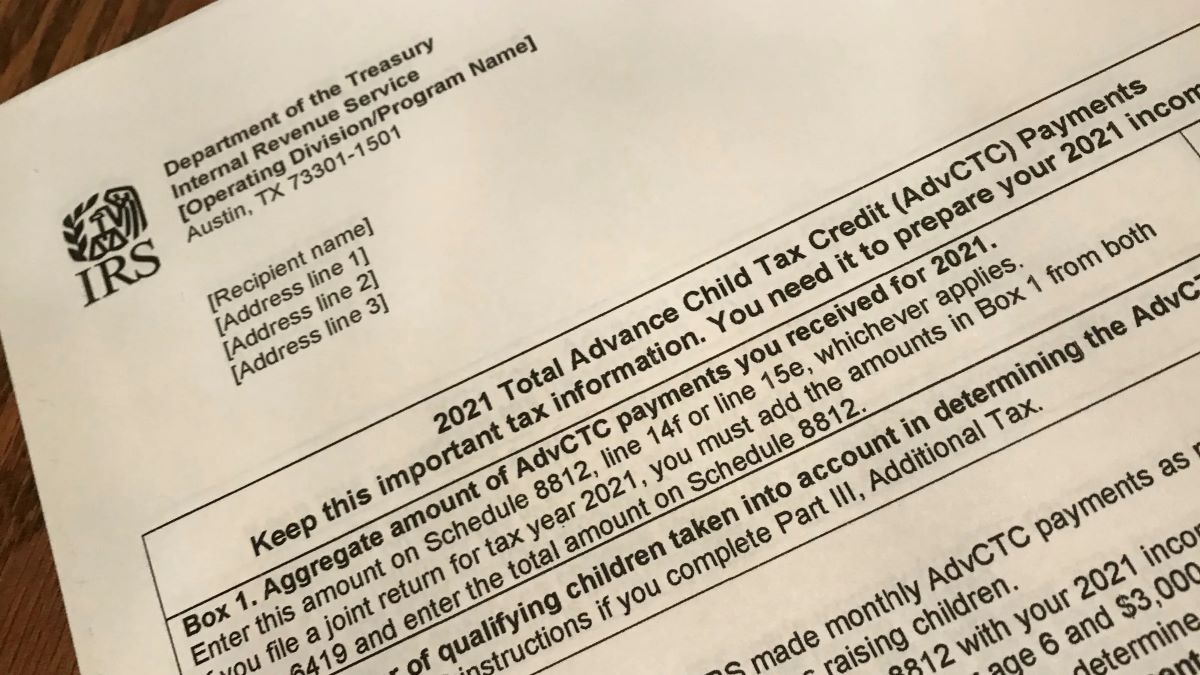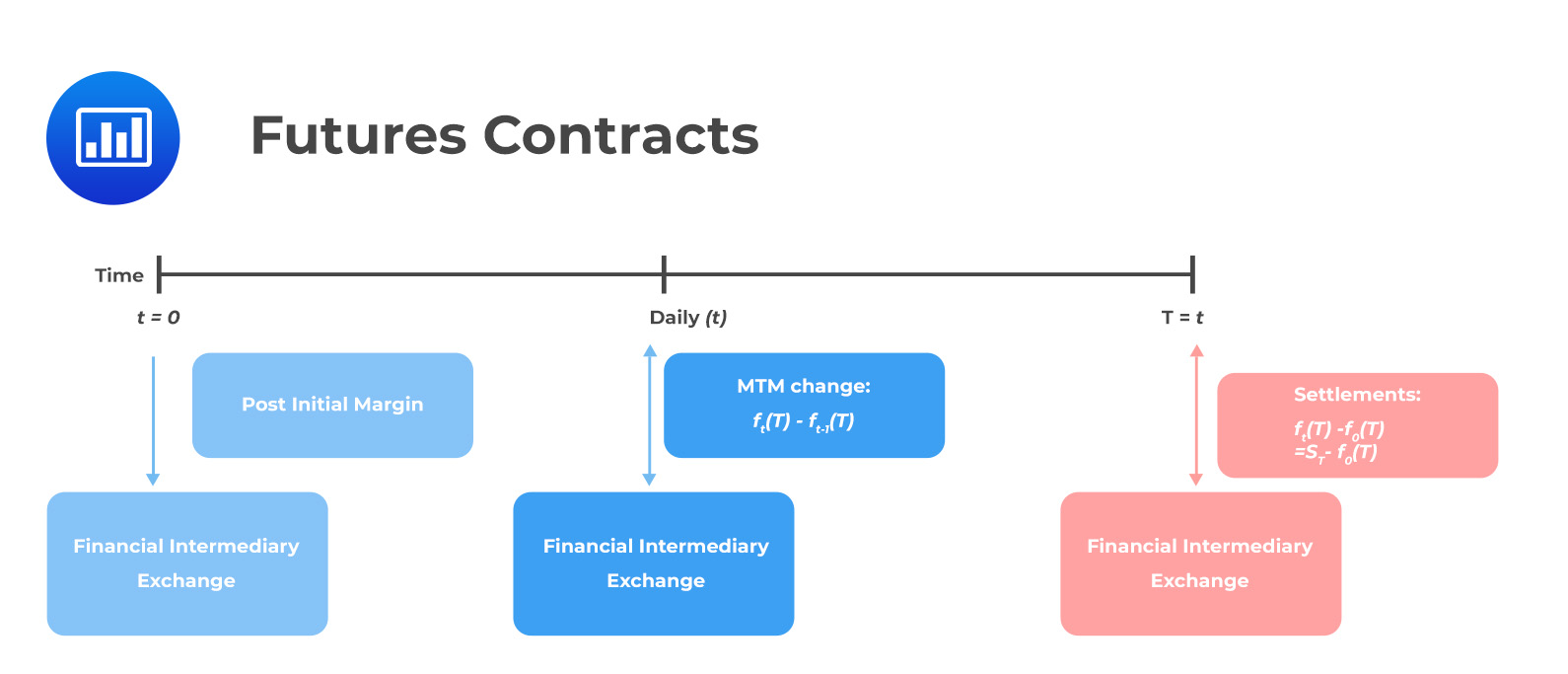

Finance
How To Change Address On Insurance
Published: November 22, 2023
Learn how to change your address on your insurance policy. Get expert advice and make sure your financial information is up to date.
(Many of the links in this article redirect to a specific reviewed product. Your purchase of these products through affiliate links helps to generate commission for LiveWell, at no extra cost. Learn more)
Table of Contents
- Introduction
- Step 1: Contact your insurance company
- Step 2: Provide necessary information
- Step 3: Update your policy documents
- Step 4: Notify relevant parties of address change
- Step 5: Update your billing and payment information
- Step 6: Review your policy coverage
- Step 7: Confirm the address change with your insurance company
- Conclusion
Introduction
Changing your address on your insurance policy is an important task that often gets overlooked during the chaos of moving. Whether you’ve recently moved to a new home or have changed your mailing address, updating your insurance information is crucial to ensure that you receive important policy documents and notifications.
By keeping your insurer informed about your current address, you can prevent any potential gaps in coverage and ensure that you receive any necessary communications regarding your policy. Additionally, updating your address can also help in calculating accurate premiums based on your new location’s risk factors.
While the process may seem daunting, it’s relatively straightforward if you follow a few simple steps. In this article, we will guide you through the process of changing your address on your insurance policy, ensuring that you navigate the process smoothly and avoid any unnecessary complications.
Remember, it’s crucial to update your address as soon as possible to ensure that your insurance coverage remains in effect and to avoid any delays in processing claims or receiving important information from your insurer.
Step 1: Contact your insurance company
The first step in changing your address on your insurance policy is to contact your insurance company directly. This can typically be done by calling their customer service hotline or reaching out to your insurance agent. Make sure to have your policy number and personal information ready when you contact them.
When speaking to the representative, let them know that you need to update your address on your policy. They will guide you through the process and let you know what information they require from you. Some insurance companies may have online forms or portals where you can update your address, so be sure to inquire about this option as well.
During this step, it’s also a good idea to ask any additional questions you may have about the process, such as how long it will take for the address change to be reflected in your policy documents or if there are any fees associated with updating your address.
It’s important to note that different insurance companies may have specific procedures or requirements when it comes to changing your address. Some may require you to provide proof of your new address, such as a copy of your lease agreement or utility bill, while others may simply ask for your new address information. Always follow your insurer’s instructions to ensure a smooth transition.
Step 2: Provide necessary information
Once you have contacted your insurance company, they will ask you to provide the necessary information to update your address. The specific information required may vary depending on your insurer, but it typically includes the following:
- Your policy number: This unique identifier helps the insurance company locate your policy and ensure that the address change is made to the correct account.
- Your new address: Be prepared to provide the complete and accurate address, including the street name, house or apartment number, city, state, and zip code. Double-check the information to avoid any errors or delays in updating your address.
- Proof of new address: Some insurance companies may require proof of your new address. This can be in the form of a lease agreement, utility bill, or any official document that clearly states your new residential address.
- Contact information: Ensure that your contact information, including your phone number and email address, is up to date. This will enable the insurance company to contact you easily for any further communication or updates regarding your policy.
It’s important to provide accurate and up-to-date information to avoid any confusion or complications in the address change process. If you’re unsure about any specific documentation required, don’t hesitate to ask your insurance company for clarification.
Remember, transparency and clear communication with your insurance company will help ensure that your policy is updated correctly and that you receive all essential information at your new address.
Step 3: Update your policy documents
Once you have provided the necessary information to your insurance company, they will update your policy documents with your new address. It is important to review these updated documents to ensure that all the information is correct and reflects your current situation.
This step involves receiving and reviewing several documents, such as your updated policy declaration page, insurance ID cards, and any endorsements or amendments to your policy. These documents provide important details about your coverage, deductibles, limits, and any additional terms and conditions that may apply.
When reviewing your updated policy documents, make sure to check the following:
- Your personal information: Confirm that your name, contact details, and new address are accurately reflected in the documents.
- Policy coverage: Ensure that the coverage types, limits, and deductibles align with your needs and expectations. If you have made any changes to your coverage during the process, verify that they are correctly updated.
- Additional remarks or changes: Pay close attention to any special endorsements or amendments that may have been added to your policy. These can include changes in coverage, exclusions, or special conditions that may apply to your new address.
If you notice any discrepancies or have any concerns about your updated policy documents, reach out to your insurance company immediately. They will be able to address your questions and make any necessary adjustments to ensure that your policy accurately reflects your new address and coverage.
Remember, it’s important to keep a copy of your updated policy documents in a safe place for future reference and to provide proof of insurance if needed.
Step 4: Notify relevant parties of address change
Changing your address on your insurance policy is not the only step you need to take when you move. It is equally important to notify other relevant parties of your address change to ensure that you receive important mail and communications. Here are some key parties to consider:
- Postal service: Visit your local post office or go online to submit a Change of Address form with the United States Postal Service (USPS). This ensures that your mail is forwarded to your new address for a certain period of time. Keep in mind that this is a temporary solution and should not replace updating your address directly with individual organizations.
- Financial institutions: Notify your bank, credit card companies, and any other financial institutions of your new address. This will ensure that your statements, bills, and other important financial correspondence are sent to the correct location.
- Government agencies: Update your address with the appropriate government agencies, including the Internal Revenue Service (IRS), Social Security Administration (SSA), and Department of Motor Vehicles (DMV). This ensures that you receive important tax documents, benefit information, and driver’s license updates.
- Insurance providers: Update your address with any other insurance providers you may have, such as health insurance, life insurance, or vehicle insurance. This will help ensure that all your insurance policies have accurate and up-to-date information.
- Utilities and service providers: Contact your utility companies (electricity, water, internet, etc.) and any other service providers (cable, telephone, etc.) to inform them of your address change. This ensures that your services are correctly transferred to your new location.
- Employer and professional associations: If you have a job, inform your employer of your new address so that important employment-related documents, such as tax forms or benefits information, are sent to the correct location. Additionally, update your address with any professional associations you belong to.
By notifying these relevant parties of your address change, you can ensure that important documents and communications reach you in a timely manner. Be proactive in updating your address with each organization to avoid any potential disruptions or missed correspondence.
Remember, it’s important to keep a record of each party you have notified about your address change for future reference. This will help you stay organized and ensure that you have covered all the necessary bases.
Step 5: Update your billing and payment information
Changing your address on your insurance policy also means updating your billing and payment information. This step ensures that your insurance premiums are correctly billed and that you can continue paying for your coverage without any disruptions. Here’s what you need to do:
- Contact your insurance company: Reach out to your insurance company and inform them that you have changed your address and need to update your billing and payment details. They will guide you through the process and let you know the available options.
- Update electronic payment methods: If you have set up automatic payments or electronic funds transfer for your insurance premiums, make sure to update the billing address associated with those payment methods. This can usually be done through your online account with your insurance provider or by contacting their customer service.
- Update payment cards or bank accounts: If you make manual payments using a credit card or bank account, provide your insurance company with the new billing address information. This ensures that future payments are processed correctly and that there are no issues with your payments being declined due to outdated address information.
- Review payment schedule: Take this opportunity to review your insurance payment schedule. If your address change affects your payment frequency or desire for paperless billing, discuss these preferences with your insurance company and make any necessary adjustments.
- Set reminders: Moving can be a hectic time, and it’s easy to forget about updating payment information. Set reminders to ensure that you update your billing and payment information promptly to avoid any missed payments or policy cancellations.
By taking the time to update your billing and payment information, you ensure a hassle-free experience when it comes to paying your insurance premiums. It’s important to stay current with your payments to maintain continuous coverage and avoid any disruptions that may arise from outdated billing information.
Remember, if you have any questions or concerns about updating your billing and payment information, don’t hesitate to reach out to your insurance company for assistance. They are there to help ensure a smooth transition during this process.
Step 6: Review your policy coverage
When changing your address on your insurance policy, it’s important to take the opportunity to review your policy coverage and ensure that it aligns with your current needs and circumstances. Here are some key points to consider:
- Homeowners or renters insurance: If you have homeowners or renters insurance, evaluate your policy to ensure that it provides adequate coverage for your new property. Factors such as the size, location, and value of your new home or rental should be taken into account. Consider any changes in hazards or risks specific to your new location and adjust your coverage accordingly.
- Auto insurance: If you have auto insurance, review your policy to ensure that it reflects your new address accurately. Different locations can have varying levels of traffic, crime rates, or weather conditions, which may affect your coverage needs. You may also need to update details such as garaging address or commute distance, as these can impact your premiums.
- Other insurance policies: Take this opportunity to review any other insurance policies you may have, such as life insurance, health insurance, or umbrella policies. Verify that your address is updated to ensure that you receive important policy documents and communications.
- Coverage limits and deductibles: Assess your coverage limits and deductibles to ensure they are appropriate for your new circumstances. Consider any changes in your personal situation or the value of your assets and adjust your coverage limits accordingly. If necessary, discuss these adjustments with your insurance company to ensure adequate coverage.
- Add-on coverages: Review any optional coverage add-ons you may have, such as flood insurance, earthquake insurance, or personal injury protection. Determine if these coverages are still necessary or if any additional coverages are recommended for your new location.
Reviewing your policy coverage when changing your address allows you to update and customize your insurance to meet your current situation. It also ensures that you have the appropriate level of protection for your property, belongings, and other assets.
If you have any questions or would like to make changes to your coverage, don’t hesitate to contact your insurance company or agent. They can provide guidance and assistance in adjusting your policy to suit your new address and needs.
Step 7: Confirm the address change with your insurance company
After following all the necessary steps to change your address on your insurance policy, it is important to confirm the address change with your insurance company. This final step ensures that the update is processed correctly and that your policy reflects your new address. Here’s what you need to do:
- Follow up with your insurance company: Reach out to your insurance company to confirm that the address change has been successfully processed. This can be done through a phone call, email, or by checking your online account if applicable. Request a confirmation of the address change for your records.
- Verify your contact information: Double-check that your updated contact information, including your phone number and email address, is correct in the insurance company’s system. This will ensure that they can reach you easily for any future communications or updates.
- Ask about any additional steps: Inquire if there are any additional steps or actions you need to take to ensure a smooth transition. For example, if they require any further documentation or if there are any specific procedures related to changing your address on your policy.
- Review the confirmation information: Carefully review any documents or confirmations provided by your insurance company regarding the address change. Verify that all the details are accurate, including your updated address, policy number, and any revised terms or coverage information.
- Keep a record: Keep a record of the confirmation of your address change and any documentation provided by your insurance company. This will serve as proof of the address update and can be useful for future reference or if any issues arise.
Confirming the address change with your insurance company is the final step to ensure that your new address is accurately reflected in your policy. It provides peace of mind that your insurance coverage is up to date and that any future communication or documentation will be sent to the correct address.
If you encounter any issues or have any concerns during the confirmation process, don’t hesitate to reach out to your insurance company for clarification or assistance. They are there to help you and ensure a smooth transition during this address change process.
Conclusion
Changing your address on your insurance policy is a crucial step to ensure that your coverage remains accurate and up to date. By following the seven steps outlined in this guide, you can ensure a smooth transition and avoid any potential disruptions or gaps in coverage.
Remember to start by contacting your insurance company directly and providing them with the necessary information to update your address. Take the opportunity to review your policy coverage, ensuring that it aligns with your new circumstances and needs. Notify relevant parties of your address change to ensure that you receive important mail and correspondence, and update your billing and payment information to avoid any issues with premium payments.
Don’t forget to confirm the address change with your insurance company, obtaining a confirmation for your records. By taking these steps, you can ensure that your insurance policy accurately reflects your new address and that you receive any essential updates or communications.
Changing your address on your insurance policy is a responsible action that ensures you have the necessary protection for your home, belongings, vehicles, and other valuable assets. It helps maintain the integrity of your coverage and allows your insurance company to communicate with you effectively.
If you have any questions or concerns during the address change process, don’t hesitate to reach out to your insurance company or agent. They are there to assist you and provide guidance to ensure a seamless transition.
Remember, keeping your insurance information up to date is just one aspect of responsible financial management. Periodically reviewing your coverage, comparing quotes, and making informed decisions can help you secure the best insurance options for your needs and budget.














